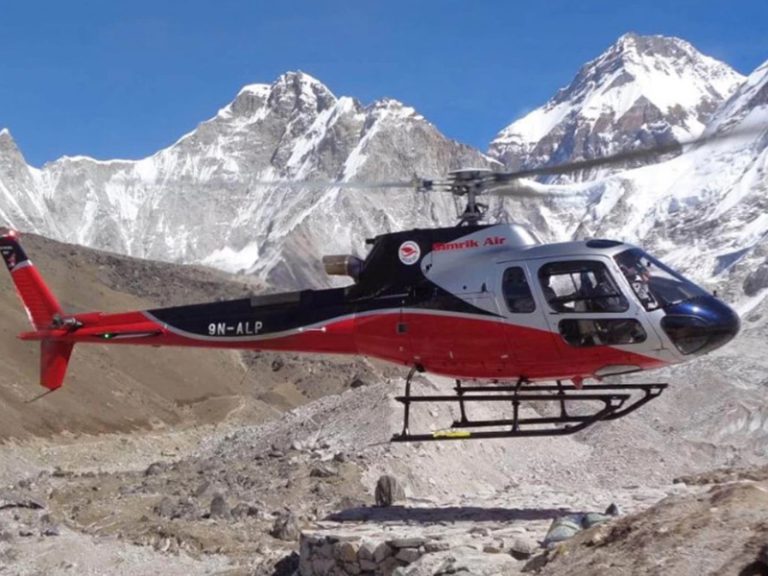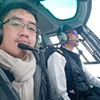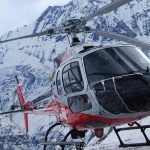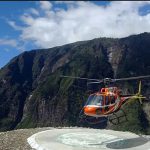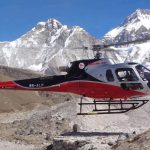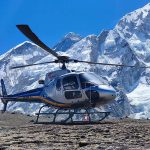Best Time to Take an Everest Helicopter Tour
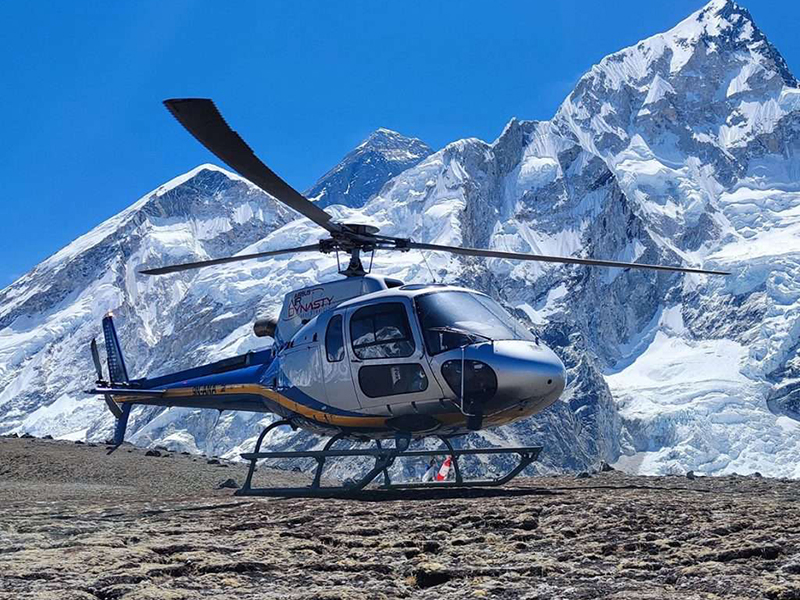
The Everest Helicopter Tour is one of the most thrilling ways to witness the majesty of the world’s highest peak. In just a few hours, you can soar over deep valleys, ancient glaciers, and iconic Sherpa villages, landing at Kalapatthar (5,545m) for a panoramic view of Mt. Everest. But to make the most of this once-in-a-lifetime experience, timing is everything. In this blog, we break down the best times of year to take an Everest helicopter tour, along with key tips for a smooth and unforgettable adventure.
Why Timing Matters for an Everest Helicopter Tour
While helicopter tours are possible throughout the year, the weather in the Everest region can be unpredictable. Clear skies are essential for both flight safety and views, and temperature variations can affect visibility, comfort, and flight conditions. Choosing the right season significantly increases your chances of a successful and breathtaking flight.
Best Seasons for an Everest Helicopter Tour
Spring (March to May) – Most Popular and Pleasant
Weather: Clear skies, stable conditions, and mild temperatures.
Scenery: Vibrant landscapes with blooming rhododendrons and lush greenery.
Why Go Now: This is arguably the best season for helicopter tours. The skies are mostly cloud-free in the mornings, offering perfect visibility of Everest, Lhotse, Nuptse, and Ama Dablam. Spring also coincides with the Everest climbing season, so you might spot base camp bustling with mountaineers.
Autumn (September to November) – Crisp Skies and Ideal Conditions
Weather: Dry, cool, and stable with excellent visibility.
Scenery: Golden forests and crystal-clear mountain views.
Why Go Now: Autumn is another peak season for Everest flights. Post-monsoon air is clean, offering spectacular visibility. This is a great time for photographers and those who want consistently clear panoramic shots of the Himalayas.
Other Possible Times for an Everest Helicopter Tour
Winter (December to February) – Quiet, Cold, but Clear
Weather: Cold mornings, but generally clear skies.
Scenery: Snow-covered landscapes, dramatic Himalayan beauty.
Why You Might Consider It: Winter offers a peaceful, crowd-free experience. If you can tolerate the cold (temperatures at Kalapatthar can plunge below -15°C), you’ll be rewarded with some of the clearest mountain views of the year.
Monsoon (June to August) – Not Recommended
Weather: Frequent rain, cloudy skies, and poor visibility.
Scenery: Lush and green, but often hidden by thick clouds.
Why to Avoid: Flights are often delayed or canceled due to rain and poor visibility. While occasional clear mornings do occur, the risk of disruption is high.
Tips for Booking Your Everest Helicopter Tour
- Early Morning Flights Are Best: Aim for a flight that departs between 6:00 AM and 9:00 AM for the clearest skies.
- Check the Weather Forecast: Even in the best seasons, the Himalayas are known for sudden weather changes.
- Book with Flexibility: Allow for 1–2 extra days in Kathmandu in case your tour needs to be rescheduled due to weather.
- Dress in Layers: Even during warmer seasons, it gets cold at higher altitudes—bring a down jacket, gloves, and sunglasses.
The best time to take an Everest helicopter tour is spring (March–May) and autumn (September–November), thanks to the ideal mix of weather, visibility, and scenic beauty. These seasons offer the highest likelihood of safe flights and crystal-clear views of the Himalayan giants. However, if you crave a serene and uncrowded experience, winter can also be a magical (albeit chilly) choice.
No matter when you go, the Everest helicopter tour is a breathtaking experience you’ll never forget.
Latest Blog Posts
Latest travel tips and blog covering all travel experiences
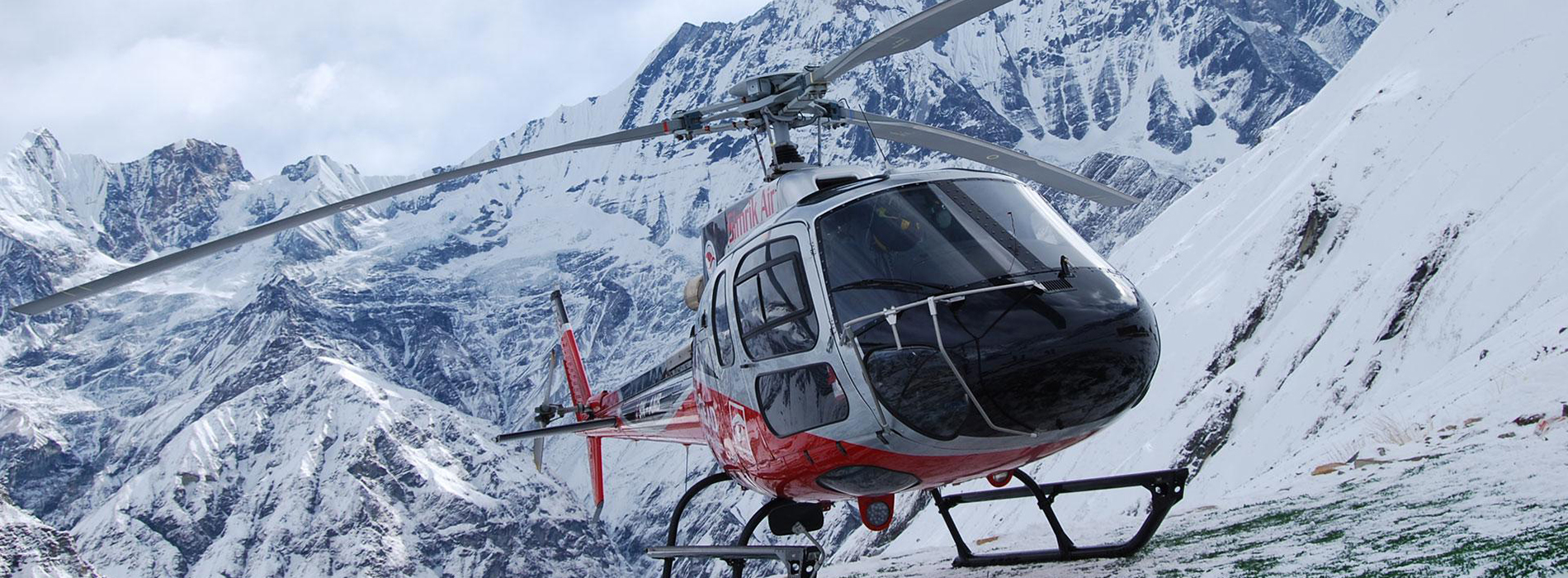
Lukla to Kathmandu Helicopter Flights
Lukla to Kathmandu Helicopter Flight – The Best Way to Return from the Himalayas For many trekkers, the journey to Everest Base Camp or the Khumbu region ends in Lukla, a bustling mountain town perched…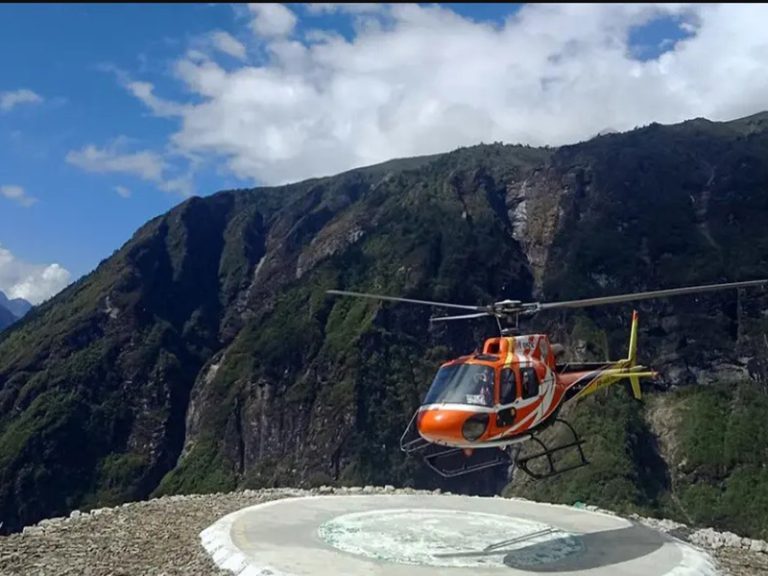
Things to remember before traveling Nepal
Planning a trip to Nepal? Whether you're trekking in the Himalayas, exploring ancient temples in Kathmandu, or enjoying a spiritual escape in Lumbini—the birthplace of Buddha—Nepal offers an unforgettable blend of adventure, culture, and natural…